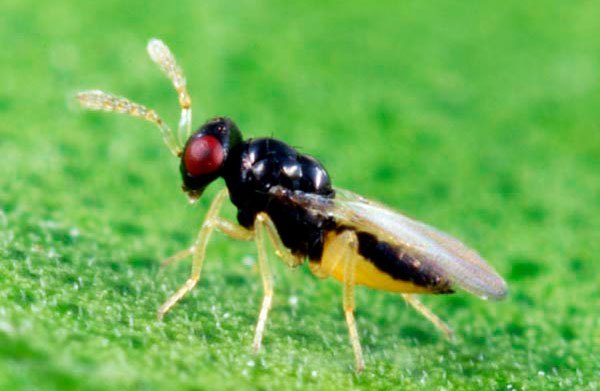
Courtesy CDFA
Asian citrus psyllid (ACP) populations in southern California have declined substantially thanks in part to biological control efforts. The release of significant numbers of Tamarixia radiata has helped to get better management of ACP in urban areas.
“In 2018 we started another program where we built transects, lines across where the disease was found and we released very large numbers around those areas,” said David Morgan, program manager for the Biological Control Program at the California Department of Food and Agriculture. “We found that if we were releasing about 8,000 insects per month, per square kilometer, we were getting very good control of the Asian citrus psyllid.”
The Biological Control Program is designed to work in tandem with other means of keeping ACP populations managed. “Where the disease was found, there’s insecticide treatment and so there are no insects there,” Morgan noted. “Outside that area we wanted to provide an extra buffer of control and so we released very large numbers and we looked at how many we released and also what happened a month afterwards to the populations.”










